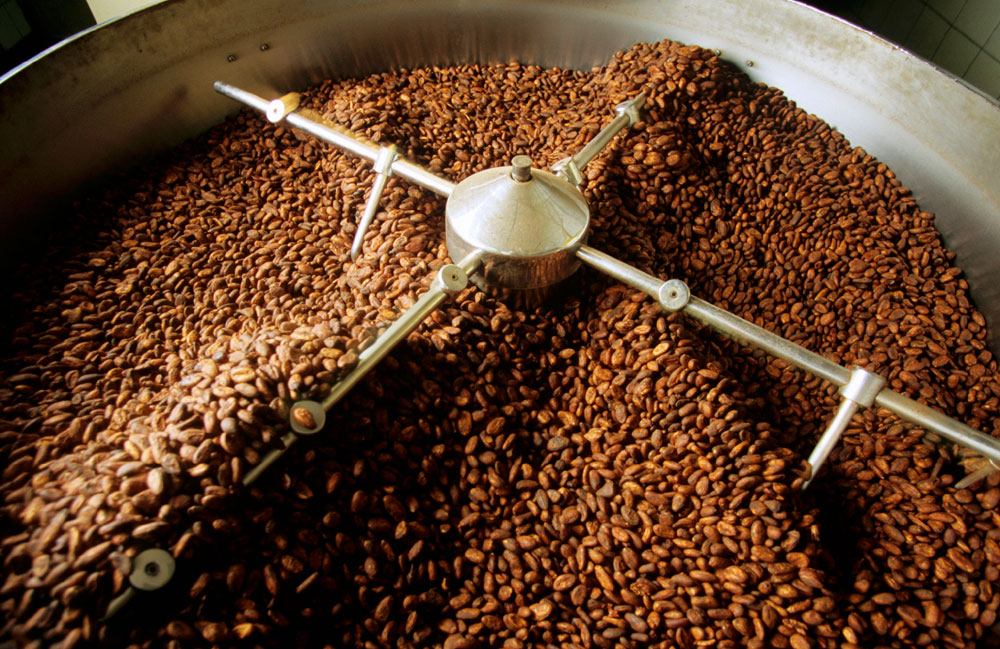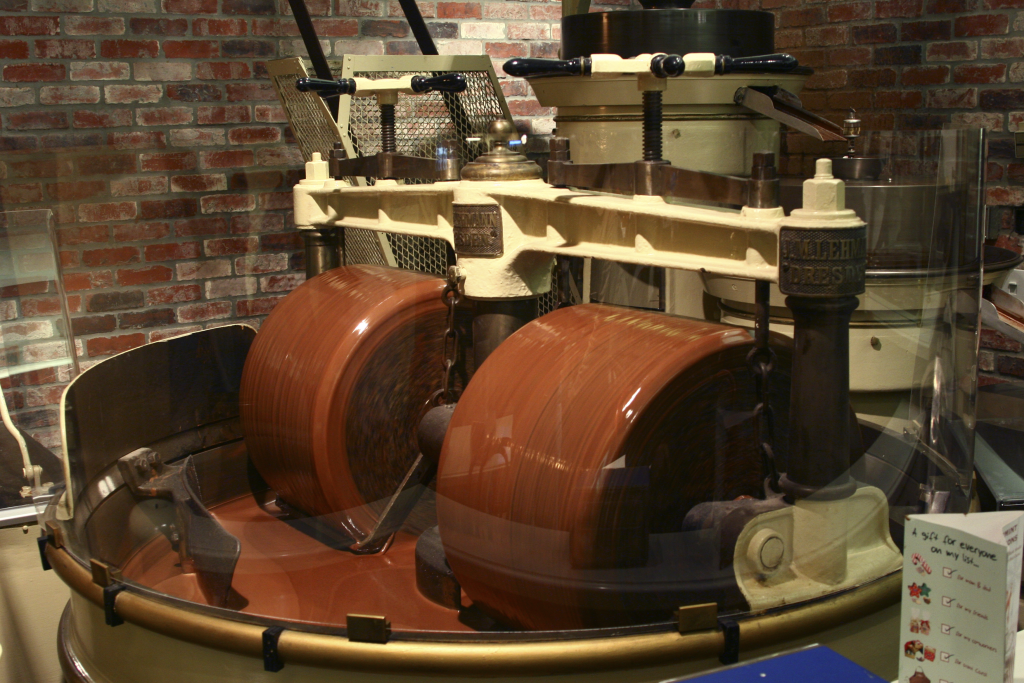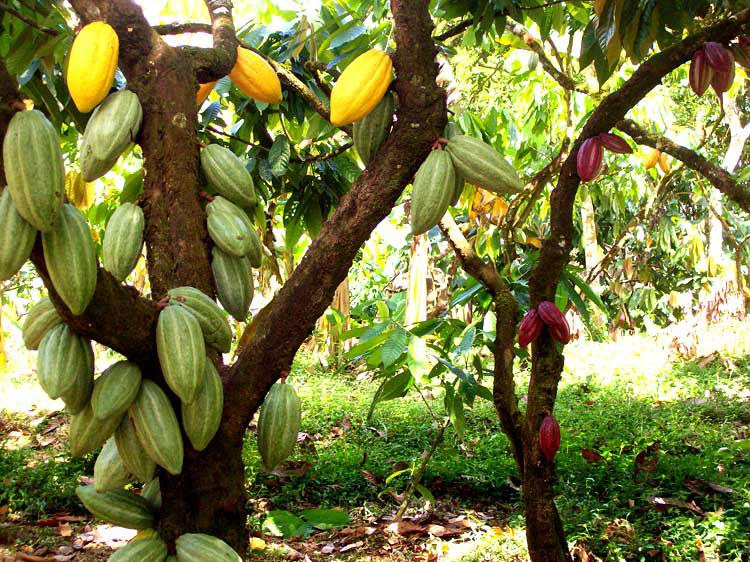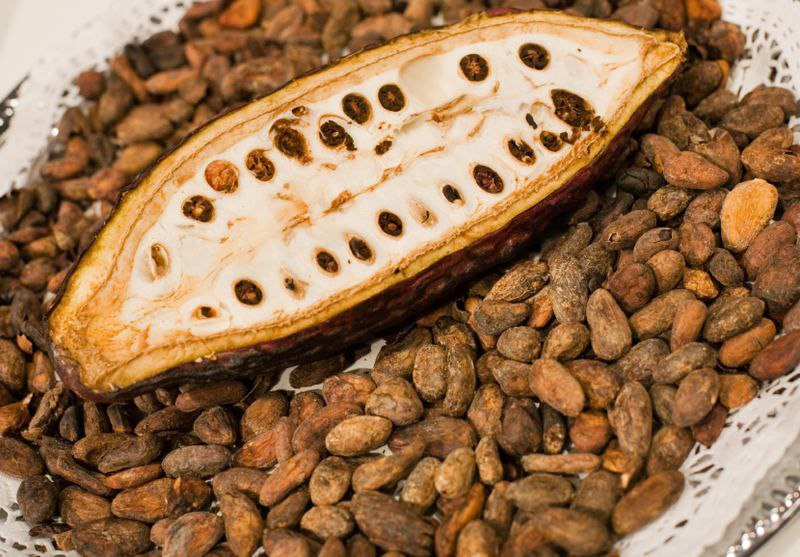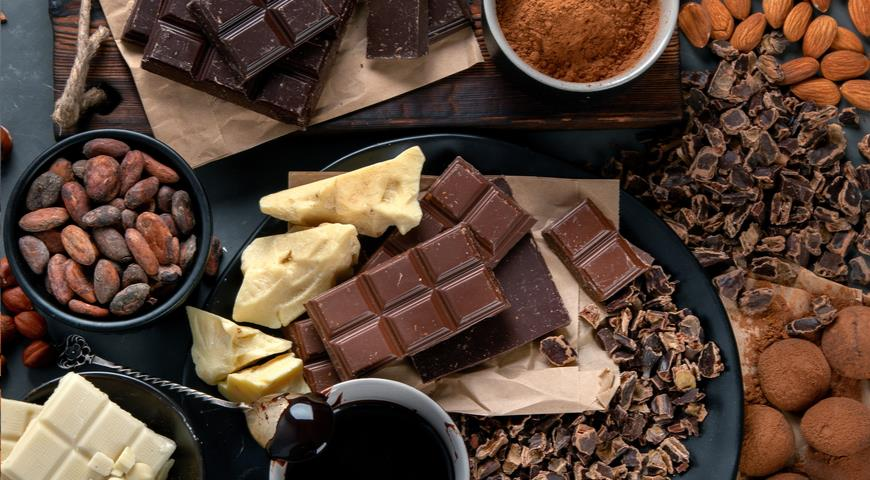
- posted
- news
Interesting facts about chocolate
The first mention of chocolate as a beverage dates back to the 1900s BC among the Mocayans, a pre-Olmec people who lived in the Soconusco region of modern-day Mexico and are the oldest settled people in Central America.
The name cocoa comes from the Aztec word kakawa, and the word chocolate was brought to English by the Spanish, who borrowed it from the Aztecs and created their own chocolate using the Spanish word chocolate, which replaces the first part.
The chocolate journey begins with the delicate cocoa tree, which grows on both sides of the equator in very warm and humid climates. The first white flowers appear on the tree at the age of 2-5 years, it begins to bear fruit only at the age of 12 and lasts up to 30 years. Depending on the age, the pods can be yellow, green or almost purple. Under the hard outer skin is a white flesh that usually contains 20 to 40 beans. One tree can produce only 1.0-1.5 kg of cocoa beans per year.
The Criollo chocolate tree produces the finest cocoa beans with a wonderful aroma, slightly bitter taste and a very long aftertaste. But only 5-10% of the world's harvests are like this. The main variety Forastero produces about 80% of the world's cocoa beans, but it has a rather bitter and sour taste. There is also a hybrid variety called Trinitario, which combines the qualities of the first two varieties, but its production does not exceed 10-15% of global production.
If we're talking numbers, there are 45 cocoa-producing countries in the world, 8 of which produce about 90% of the total crop: Côte d'Ivoire, Ghana, Indonesia, Nigeria, Brazil, Cameroon, Ecuador and Malaysia. The global figures are as follows: 3 million tonnes of beans generate more than 4 billion USD of turnover per year. USD of turnover per year.
Freshly harvested cocoa beans do not have the characteristic taste and aroma of cocoa or chocolate, they are only bitter and almost colourless. That's why the beans and pulp undergo their first fermentation in rattan or concrete containers on the plantation covered with banana leaves. The fermentation reduces bitterness and astringency, swells the beans and turns them a typical brown colour. After fermentation, the fruit is exposed to the sun for 2 weeks to reduce moisture from 60% to 7%. During the drying process, the beans are also picked and sorted. Now they are ready to be shipped.
At the factory, under the close supervision of a roasting master, the beans are stir-fried to obtain the necessary chocolate flavours and evaporate the moisture. Typically, this procedure takes place at a temperature of 120-140C for 20-30 minutes, after which the beans are quickly cooled. After cooling, the cocoa beans are fed to a crusher, where they are crushed to a particle size of a few millimetres, while a sieve and a stream of warm air separate the skin and the body of the bean in a ratio of approximately 18% to 82%. The next step is an even finer grinding process with heating, which produces a liquid paste. This paste is made up of cocoa butter (52-56%) and cocoa cake. The paste is then fed to a special press, where the cocoa butter is separated from the cocoa cake. The cocoa cake is further dried and crushed to produce cocoa powder. Alternatively, the cocoa paste is cleaned on a so-called conch machine to reduce the size of the dry matter particles in it from 50 to 17 microns. Experts say that "conching" is the most important stage of chocolate production, which eliminates all residual moisture, removes unwanted aromas, cocoa gets rid of excessive acidity and bitterness, cocoa butter is fully diffused into the cocoa paste, the natural aroma is revealed and we get a soft velvety chocolate paste. At the same stage, milk and sugar are also added to the melanger to create milk chocolate. Or if you add sugar and cocoa butter to grated cocoa, you get dark chocolate. By the way, by changing the proportion between sugar and grated cocoa, we can get both bitter and sweet dark chocolate. White chocolate is made without the addition of cocoa powder, but only with the participation of cocoa butter, sugar, milk powder and vanilla.
As you know, chocolate is more than just food. In today's industrialised society, chocolate is a work of art in which roasted and ground cocoa beans are skilfully combined to form a viscous liquid, paste or shaped blocks that are used in many desserts and delicacies, in addition to being the main ingredient in bars.
By the way, the first industrial chocolate bar was developed and manufactured in 1847 by JS Fry & Sons from Bristol, England.But Cadbury, which is often mistakenly called the first chocolate manufacturer, started producing chocolate bars in 1849. By the way, JS Fry & Sons was still merged with Cadbury (now owned by Mondelez) in 1919, and the Somerdale factory did not produce chocolate bars until 2011.
Useful properties of cocoa beans
Cocoa beans contain a large amount of minerals (magnesium, potassium, calcium), vitamins (A, B, E, H, PP) and amino acids (oleic, stearic, peanut). As a result, cocoa beans have the following beneficial properties:
- Improving the functioning of the cardiovascular system due to the presence of theobromine, which is involved in the process of blood circulation, stimulates the heart, strengthens blood vessels.
- A powerful antioxidant thanks to polyphenol, which has immunomodulatory properties. This antioxidant strengthens the body's defence functions, helps to protect hair, skin and nails from the effects of aggressive environment.
- Prevention of ophthalmological diseases. Beta-carotene, contained in high concentrations in cocoa beans, has a beneficial effect on the functioning of the optic nerve, prevents the development of serious eye diseases. It also has an immunostimulating and adaptogenic effect.
- A natural antidepressant. Useful substances contained in cocoa beans help to cope with feelings of anxiety, apathy, relieve tension, improve emotional state, and normalise sleep. What could be better than a chocolate bar with hot tea in the fight against depression?
- Normalisation of weight. The nutrients contained in cocoa suppress hunger. It is not for nothing that nutritionists have developed "chocolate diets", where the main food product is a natural ingredient - cocoa. But, as in any business, the main thing here is to observe the measure.
- Preserving youthfulness thanks to the high content of B vitamins (especially B12) in cocoa.
It is not for nothing that these vitamins are called "Vitamins of beauty and youth". They are strong natural antioxidants. This is also facilitated by substances such as thiamine and collagen, which regulate all metabolic processes in the body. Thanks to the presence of these substances in cocoa beans, chocolate is used for weight loss, metabolism, detoxification and in the famous "chocolate wraps".
